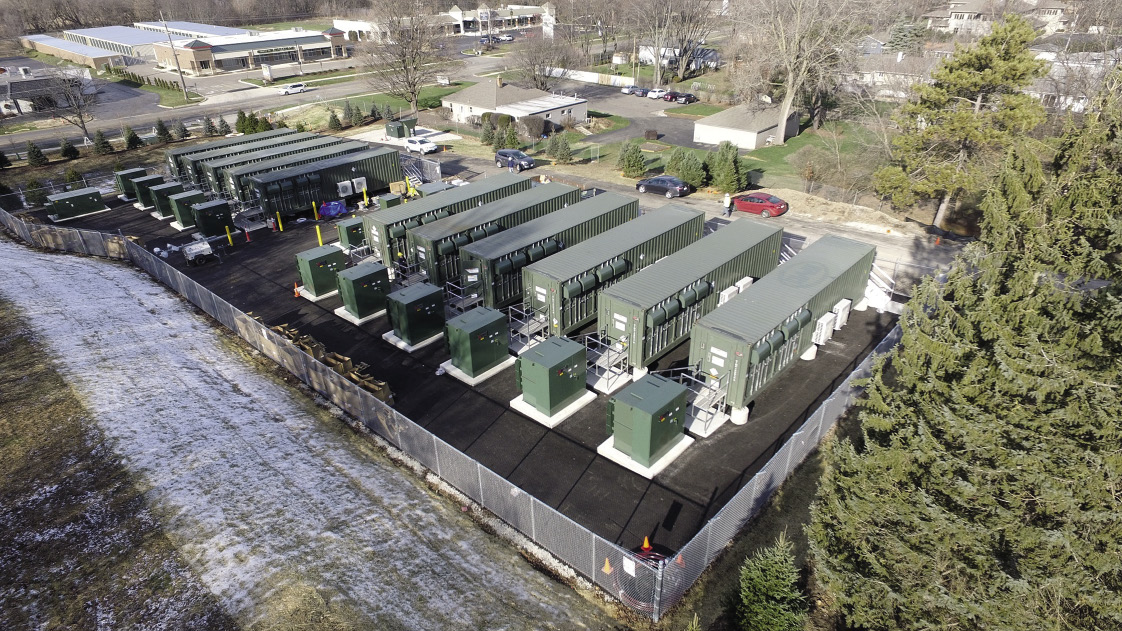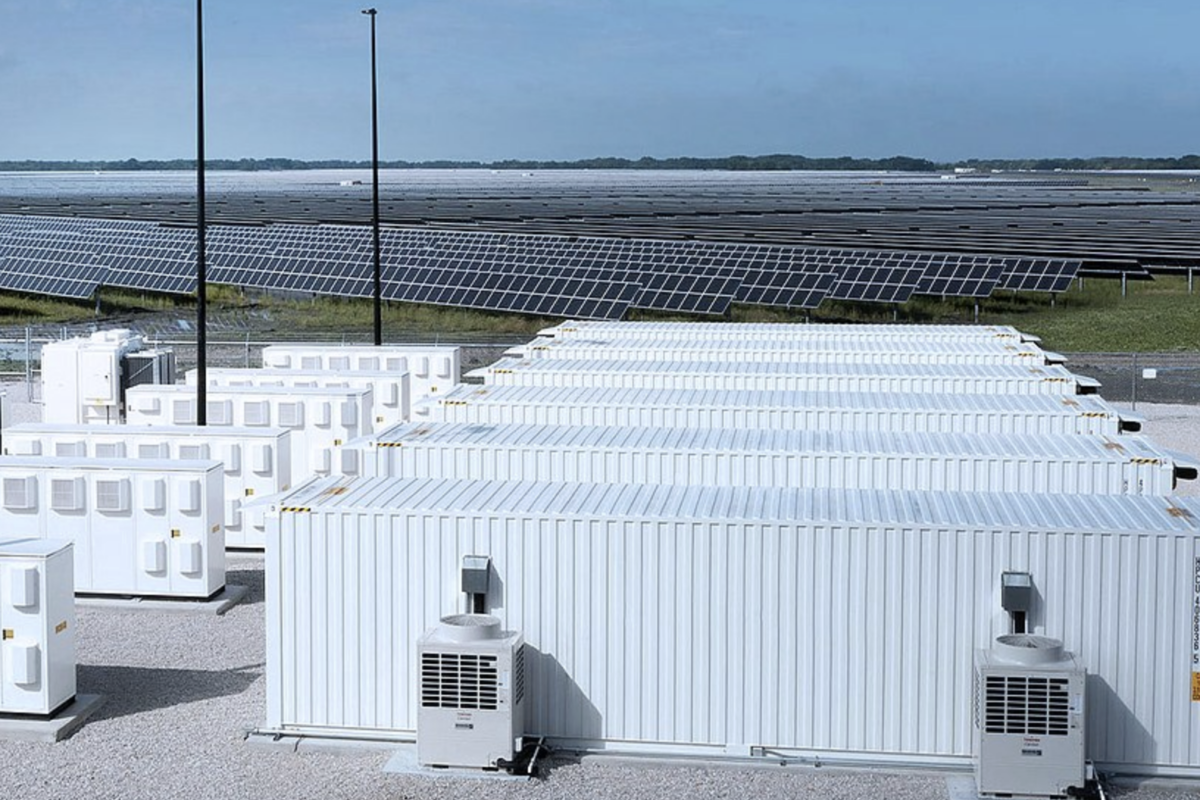The rise of electromobility and demand for stationary storage will drive lithium-ion battery costs down by a further 50% by 2040, according to Bloomberg New Energy Finance’s latest Energy Storage Outlook report.
With costs for the technology having already tumbled 85% from 2010 to 2018, the business intelligence firm predicts 1,095 GW/2,850 GWh of energy storage will be installed in 21 years’ time, up from 9 GW/17 GWh last year.
By that point, China and the U.S. will dominate, according to the Energy Storage Outlook 2019 study, with significant markets in India and Germany and only slightly lower volumes in Latin America, Southeast Asia and France.
Australia, the U.K. and Japan will also have significant markets, as will current world leader for energy storage South Korea.
The role played by solar in the energy storage revolution was highlighted by BloombergNEF’s head of energy storage Logan Goldie-Scot in a press release issued by the firm to promote the report, published yesterday.
Solar-plus-storage
“In the near term, renewables-plus-storage – especially solar-plus-storage – has become a major driver for battery build,” said Goldie-Scot. By 2040, however, BloombergNEF predicts energy storage will have become a practical alternative to newly built generation assets of any kind.
In a significant indicator of the rapid rate at which stationary storage is altering the energy market, the 2019 report now predicts utility scale batteries will make up the majority of storage deployment by 2040. Until now the analysts have expected behind-the-meter batteries – whether in homes or businesses – to take the lead.
BloombergNEF also revised up the amount of investment energy storage will attract over the next 21 years, adding $40 billion for a predicted $662 billion.
The analyst has predicted solar and wind energy will supply almost 40% of the world’s energy by 2040, up from 7% today and driving demand for the energy shifting/peaking services available to grid operators through battery storage. The study also predicts electric vehicles will make up a third of the global passenger transport fleet in 21 years’ time, up from less than half a percent today.
Noting the explosion in demand for energy storage will be good news for lithium, cobalt and nickel miners, the release issued to promote the annual report made no mention of attempts to develop battery chemistries with less ecologically damaging materials.
This content is protected by copyright and may not be reused. If you want to cooperate with us and would like to reuse some of our content, please contact: editors@pv-magazine.com.




What about the future of Electric thermal energy storage based on volcanic rocks??
Thank you in advance!
María Luisa.